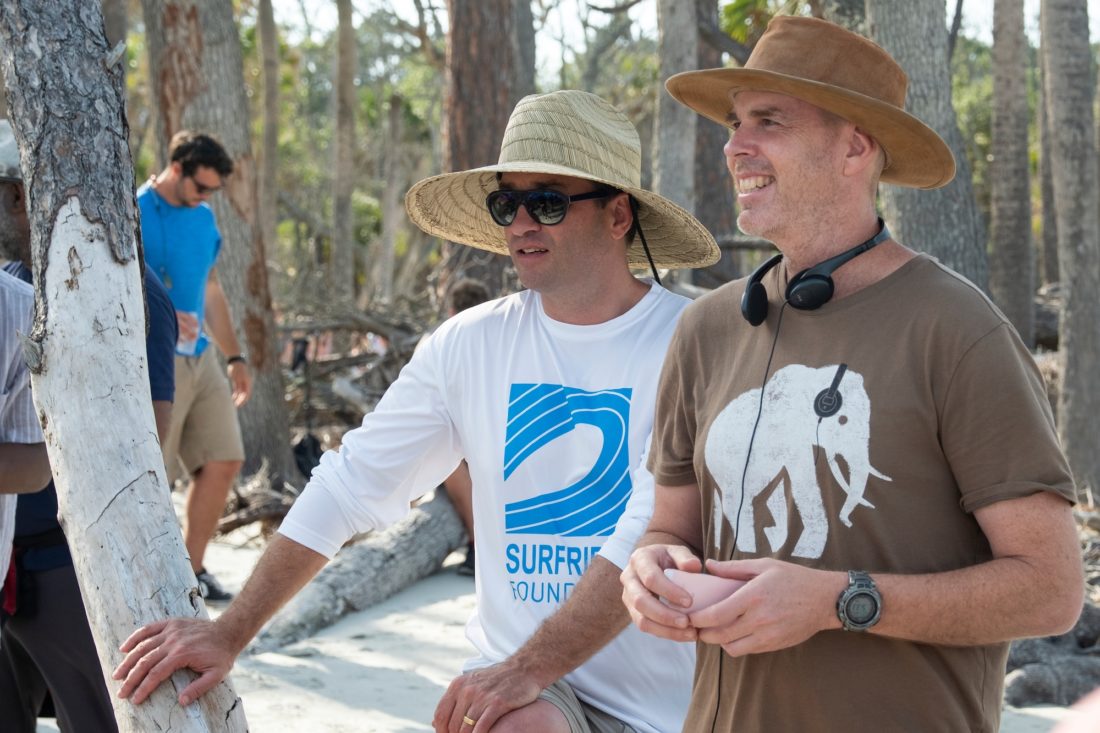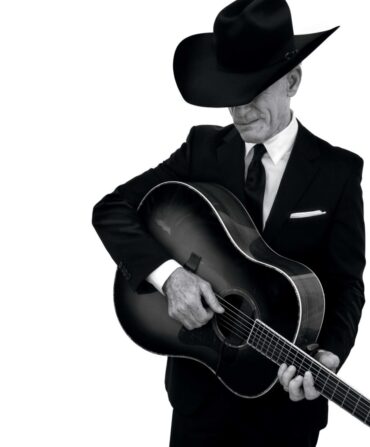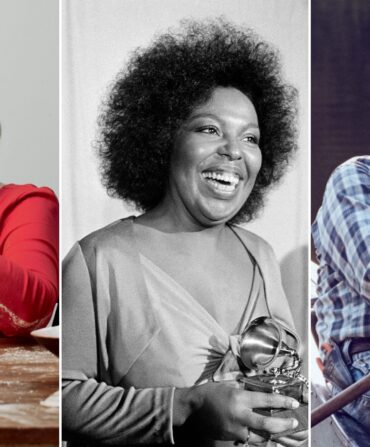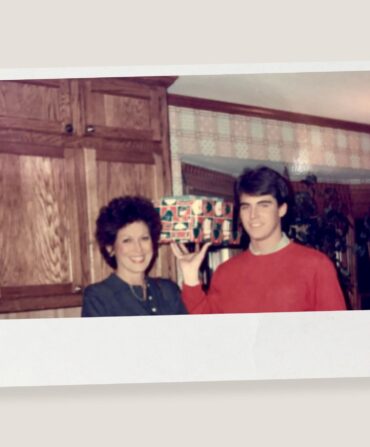When Josh Pate, his twin brother, Jonas, and their colleague Shannon Burke first pitched the idea for their show Outer Banks—freewheeling teenagers, self-dubbed the “Pogues,” running around a sun-dappled island off the coast of North Carolina in search of a long-lost treasure—they weren’t sure anyone would bite. “When we took the pitch out initially, I kind of thought this might be the least sellable pitch that I’ve ever gone out with it,” Pate says. His fears, of course, were unfounded. When it debuted on Netflix in April 2020, Outer Banks dominated the platform’s rankings and generated a social phenomenon. Season two, which premiered in summer 2021, only intensified the following. “I think people love it because it’s just a fun show, and people are really drawn to the fantasy of the Pogues,” Pate says. “The story is crazy, but it feels like it’s from a specific place because we were all from that area.” We caught up with Pate, who is currently in Barbados filming season three.
You live in Idaho now. Why set the show on the North Carolina coast?
It was based on childhood memories—Jonas and I grew up out on Kiawah and Johns Island [South Carolina] and around Wrightsville Beach [North Carolina]. The class divide felt real in these places, which is where the Pogues and the Kooks [their moneyed rivals] come in. We’re really writing from a place of memory and personal experience, and one thing that was important to us was to really glamorize teenagers doing stuff outside. We want to remind people that, like, wake surfing is really fun, and you don’t have to be on your screens all the time, and the ocean’s cooler than a computer—that kind of thing.
The show is set in a fictionalized version of North Carolina’s Outer Banks but filmed around Charleston.
We wanted to capture coastal Carolina living. Netflix didn’t want us to shoot in North Carolina for various reasons, even though that was our first choice because Jonas lives in Wilmington. But the locations around Charleston are so incredible that I think the show ended up in a better place for it. Also, we’re not trying to be that specific with the setting—we use geography pretty liberally. But I will say, when they [take a ferry off the island and end up in] Chapel Hill in season one, everyone got so upset [laughs]. They actually took a cab! You see them get out of it, we just cut a scene inside the cab because it didn’t work.
The cast is mostly Southern. Was that intentional?
Our Wilmington casting director, Lisa Mae Fincannon, and her husband, Craig, were really instrumental in helping us find “outdoor kids.” That was the big thing that I wanted; I didn’t want a bunch of theater kids from New York City who have never been cold or never camped or never cut their foot on an oyster bed. They’re all Southern except Rudy Pankow, who plays JJ, but he grew up in the wilds of Alaska. He’s definitely an outdoor guy.
From watching the show and seeing all of the cast’s social media posts, it seems like they have a great rapport.
They actually are really good friends, and I guess that was just luck. Jonas did do one thing in order to kind of bond them early on: he took them out to “the Chateau” [the character John B.’s waterfront shack], the actual location that we use in the show, and locked them in there for the night with a keg of beer. He was like, you guys get to know each other. And they just bonded. It was just immediate and totally sincere.
I know you can’t give away any spoilers, but what can people expect in season three?
It’s going to get bigger. Season two is an escalation of season one, and season three escalates from season two. The mythology of the treasure expands and gets, hopefully, more exciting. We never know for sure what will happen, but I currently have six seasons planned in my head.
The first two seasons of Outer Banks are available to stream on Netflix now. Keep an eye out for season three, coming in late 2022 or early 2023.








